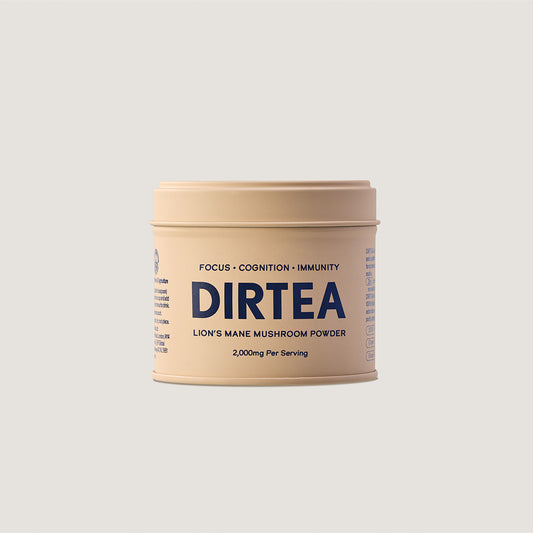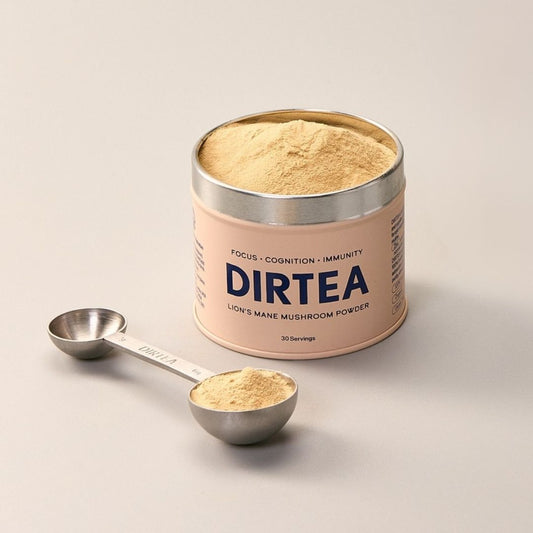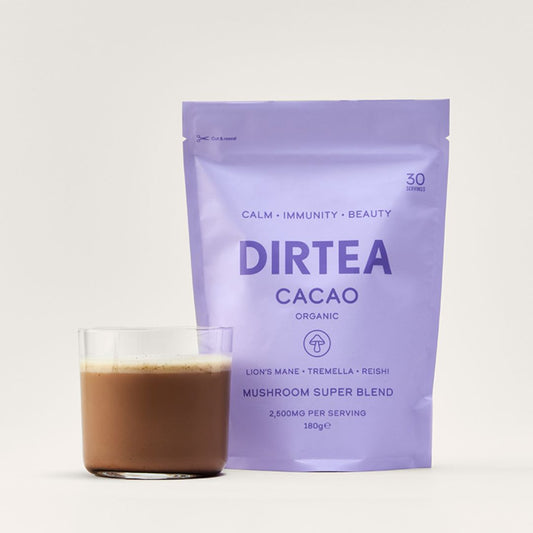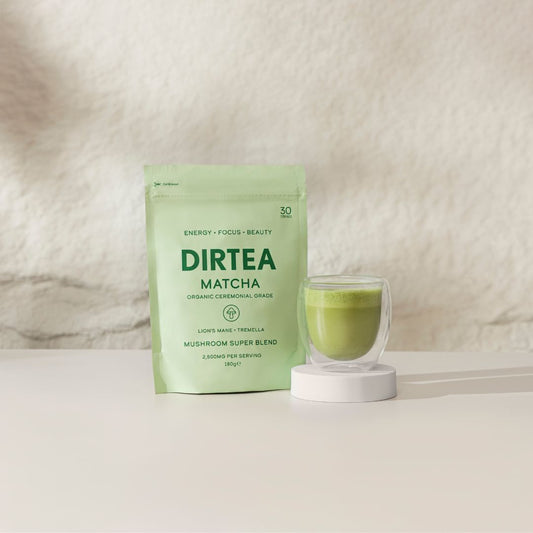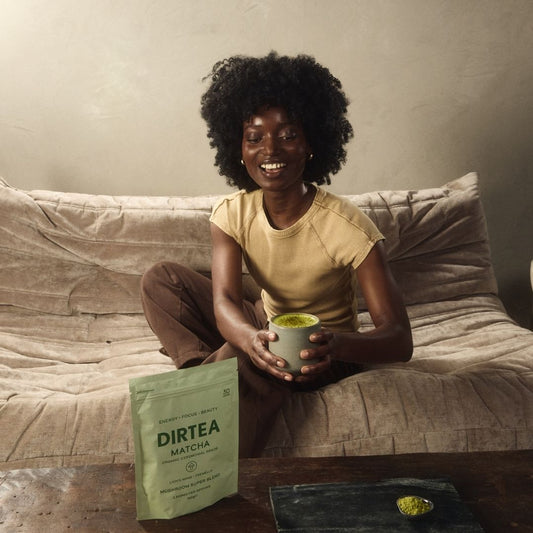Mushrooms: The Future of Fashion?

Share
London Fashion Week is renowned for pushing the boundaries of fashion, showcasing cutting-edge designs and innovative materials. In a world where sustainability has become the new focus, fashion is undergoing a quiet revolution! And none other than mushroom-based materials have emerged as eco-friendly alternatives. In the past, we’ve seen various fashion week showcases with sustainable designs such as mushroom leather. So, is this a dying craze or could we see more of this in the future?
Brands Leading the Way with Mushroom Leather
The iconic brand Stella McCartney collaborated with Bolt Threads to create Mylo™, a mushroom-based leather alternative, that pioneered the world’s first-ever conscious luxury bag crafted from mycelium, the Falabella bag, which was a huge success.
DIRTEA last year teamed up with Stella McCartney in the spirit of promoting the use of mushroom leather as an alternative material for a sustainable future in fashion. Stella McCartney invited DIRTEA founders Simon and Andrew Salter to speak at all Stella McCartney European stores to educate and inspire guests about the power of fungi for both humans and our planet. We created limited edition DIRTEA X Stella McCartney tins with the brand's infamous mushroom print to mark the occasion in style.
Stella McCartney has also created garments made from Mushroom leather.


Adidas collaborated with Bolt Threads to create a prototype shoe made from mushroom leather. While not a widespread release, it demonstrates the potential for mushroom leather in athletic footwear.

The designer Nina Fabert of Zvnder created a stylish line of mushroom leather products, including sustainable products like wallets.

Designers are not the only ones jumping on the latest trend; Global brand H&M have actively incorporated mushroom leather into their Conscious Collection, and the premium athletic brand Lululemon has also fused mushroom materials within their yoga mats and duffle bags collection.
Why are mushroom-based materials and leather more sustainable?
One of the most promising developments in this space is mushroom leather, also known as mycelium leather. Here's why it's generating so much excitement:
Minimal environmental impact: Traditional leather production is notorious for contributing to deforestation, water pollution, and greenhouse gas emissions. In contrast, mushroom leather is cultivated in controlled environments with minimal resource usage, making it a far more eco-friendly option.
Biodegradability: Mushroom leather is entirely biodegradable, meaning it can naturally decompose at the end of its lifecycle, reducing the fashion industry's textile waste problem.
Animal welfare: This goes without saying, but mushroom-based materials offer an ethical alternative to animal leathers. They eliminate the need for animal farming.
Lower water usage: Mushroom cultivation generally requires less water than traditional animal farming or plant-based textile production, further contributing to sustainability.
Carbon footprint: Mushroom cultivation generates fewer greenhouse gas emissions than livestock farming. By reducing carbon emissions, mushroom-based materials contribute to mitigating climate change.
Mushroom-based materials and leather have emerged as formidable contenders in the quest for sustainability within the fashion industry. As consumers increasingly prioritise eco-conscious choices, adopting mushroom-based materials in fashion will likely gain momentum. The presence of these sustainable alternatives like biodegradable materials in prestigious fashion events like London Fashion Week is a promising sign, showcasing the industry's growing commitment to eco-friendliness. It suggests that we are on the cusp of witnessing a mushroom material revolution in the world of fashion, where style, ethics, and sustainability harmoniously coexist on the runway and beyond.
The future of fashion may just be fungi.


